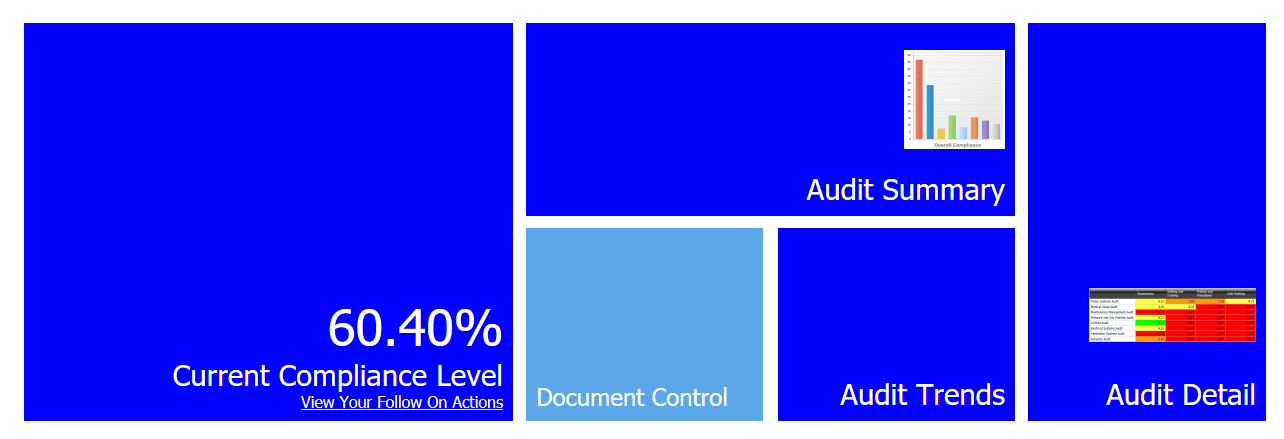Compliance ManagerFacilities Management Organisation and Health and Safety Gap Analysis
The Canty Compliance Manager software was developed in 1998 and has been continually adapted and updated since then. Originally developed in spreadsheet format, 2012 saw it developed into a web-based platform giving easy access to anyone with a current licence login.
The question set builds on the experience and knowledge gained over many years working in and for the NHS, including NHS Estates and involvement in the development of a ''Risk-based methodology for establishing and managing operations". The unique question set includes the legal and best practice requirements for operational maintenance as contained within specific statutory instruments, HSE guidance and HTMs.
Canty Compliance Manager provides an overview of the current compliance position when compared against the requirements of published legislation, best practice and NHS guidance, the rationale being to provide clarity on 'where we are now' and 'where we need to be'.
This analysis is achieved by looking at distinct subject headings. Choose a range of these (not less than 10 subjects), more is better.
Each subject is then analysed under 7 subject headings: -
- Organisation;
- Staffing and Training;
- Policies and Procedures;
- Safe Working;
- Risk Management;
- Records;
- Review
This is a robust process, which examines in some detail the existing position including the detail of records on operational work completed, for example by : -
1. Analysing the current position by a dynamic process of investigation to inspect a representative sample of maintenance tasks, records and transactions to compare compliance with statutory and legislative requirements.
2. Looking at a sample range of buildings and services, which are indicative of the range of buildings, and services on the site. This will include a walk-through of selected engineering service areas. Overall, around 370 questions over the full range of subjects are used to generate the assessed position and percentage compliance.
The “PLAN - DO - CHECK – ACT” Model is used as the framework to examine the current arrangements for compliance to statutory standards, NHS Guidance and good practice. In essence, estates operations are about maintaining the buildings and services to provide a safe environment, protecting the safety of both the public and staff when carrying out those duties.
To provide the correct environment for this; systems and protocols must be in place and operated properly. Using the PDCA model to compare and contrast the current arrangements against what is required, the following methods are used: -
Compare current legislation and guidance to the present situation; Examine existing policies for relevance, accuracy and date;
Examine existing procedures and practical issues for relevance, accuracy and date;
Examine the SSoW systems in place including permits, authorised persons / engineers and that the correct breadth and range of subjects in included
Examination of a sample representation of relevant estates areas including taking photographs of both good and poor situations; Discussions with all grades of staff;
Examine sample maintenance records as appropriate to ensure that the correct breadth and range of subjects in included;
Examine training records to ensure in date and relevance and that the correct breadth and range of subjects in included;
Examine other relevant records.
Document references could include: -
o British Standards;
o CIBSE Guides ;
o Estatecode;
o Heating, Ventilation and Contractors Association;
o HSE guidance;
o NHS Health Technical Memorandums (HTM's).
The analysis of the findings are presented in an easy to use dashboard, showing overall compliance percentage and linking to the detailed sections, audit trends and a full action plan with priorities. The plan can be exported to Excel as a spreadsheet to enable it to be filtered and shared easily.




